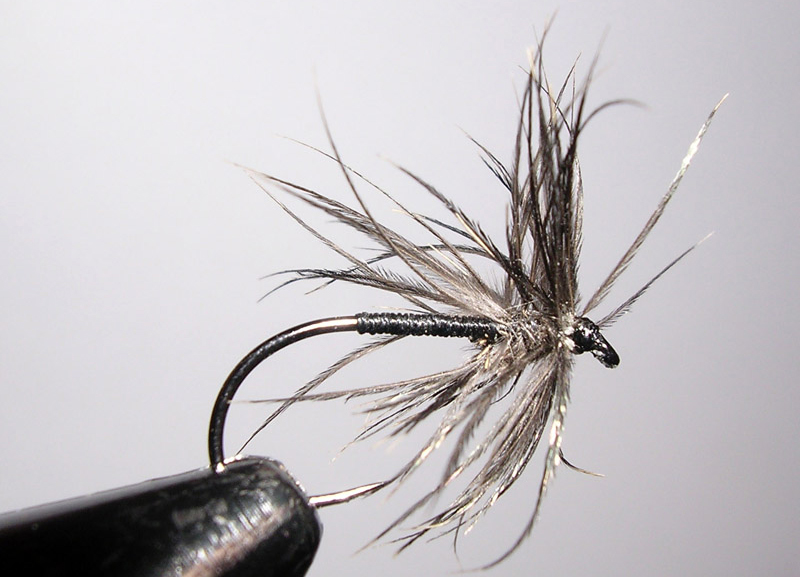With all the different materials out there today I tend not to look at the breaking strain really, I look to use the greatest diameter that will allow still allow the fly to behave naturally. The way I would advise to test this is to tie a fly to the intended material and then hold the leader about 2" from the eye of the fly, if the leader stands up straight (or close to) the leader is too chunky for the fly, if the leader droops straight down the leader is too light. About the right match is when the leader curves almost in an inverted U shape. I tend to use the X system to 0x and then work in mm after that.
A general rule is fly size divided by 3 approximately gives the x number of the required tippet.
The X system is simply a way of stating the diameter in thousandths of an inch, the rule for working it out is
11 - X# = diameter
so the diameter of 6x tippet is 0.005"
On the breaking strain thing, If fishing #22 flies on 7x tipet, I would not be using a 10wt rod and line, if I did, I would expect to get broken by quite small fish, fish weighing less than the breaking strain of the tippet. Using a 3 or 4wt rod, I would be confident playing a fish heavier than the stated breaking strain of the tippet as the softer rod would absorb the lunges of the fish. I Match the tippet to the size of the fly and use a line weight suited to casting the required fly.
I tend to use copolymer tapered leaders. Copolymer tends to more supple and has more stretch than fluorocarbon material, I think a supple leader turns over and presents better than a stiffer leader, I never like my leader to be stiffer than the flyline and I like the fact the copoly leader has a bit of stretch. On the end of my tapered leader I tie a loop and then loop to loop connect a tippet of fluorocarbon material. I have more confidence in fluorocarbon in fine diameters than I do in copolymer hence I use it for the finest part of the overall setup.
For throwing tubes, I always use fluoro. In spring when on brass bottle tubes or Cu tubes bigger than about 1.25" I use .38mm fluorocarbon rated at 25lb BS. 15lb Maxima is 0.37mm so simply saying Cu tube, use 15lb is not really any use these days, 15lb (0x) fluorocarbon would struggle to turn over a big tube and you would probably crack it off quite quickly when casting. 25lb Maxima is so chunky it would be overkill for the same fly so for me, diameter is the only way to go.
When nymphing on the river, I tend to use straight through fluoro as it has little stretch and should sink faster than other less dense material.
Could go on for hours so I'll stop there!!
Cheers
Ben

